Protected Areas
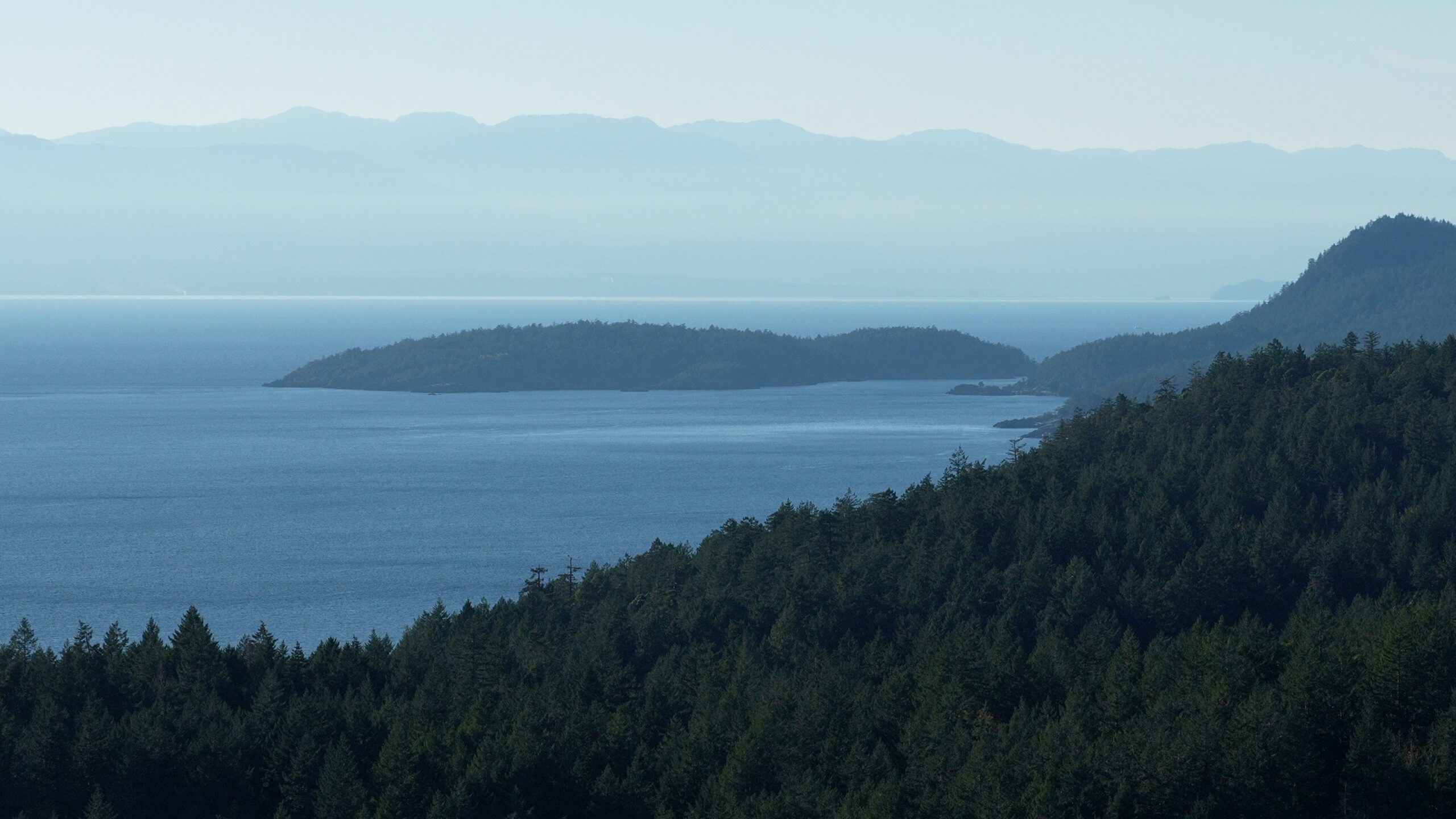
Lasqueti Island Local Trust Area includes three provincial parks (Jedediah Island, Sabine Channel, Squitty Bay) and four protected Nature Reserves. Currently, about 12% of the island and surrounding islets and islands is protected. The provincial and national new goals are 30%. With more than 65% of the Islands Trust Area in private land ownership, pressures to develop and change the natural landscape are tremendous.
Scroll down to learn about the protrected areas on Lasqueti.
Salish View Nature Reserve
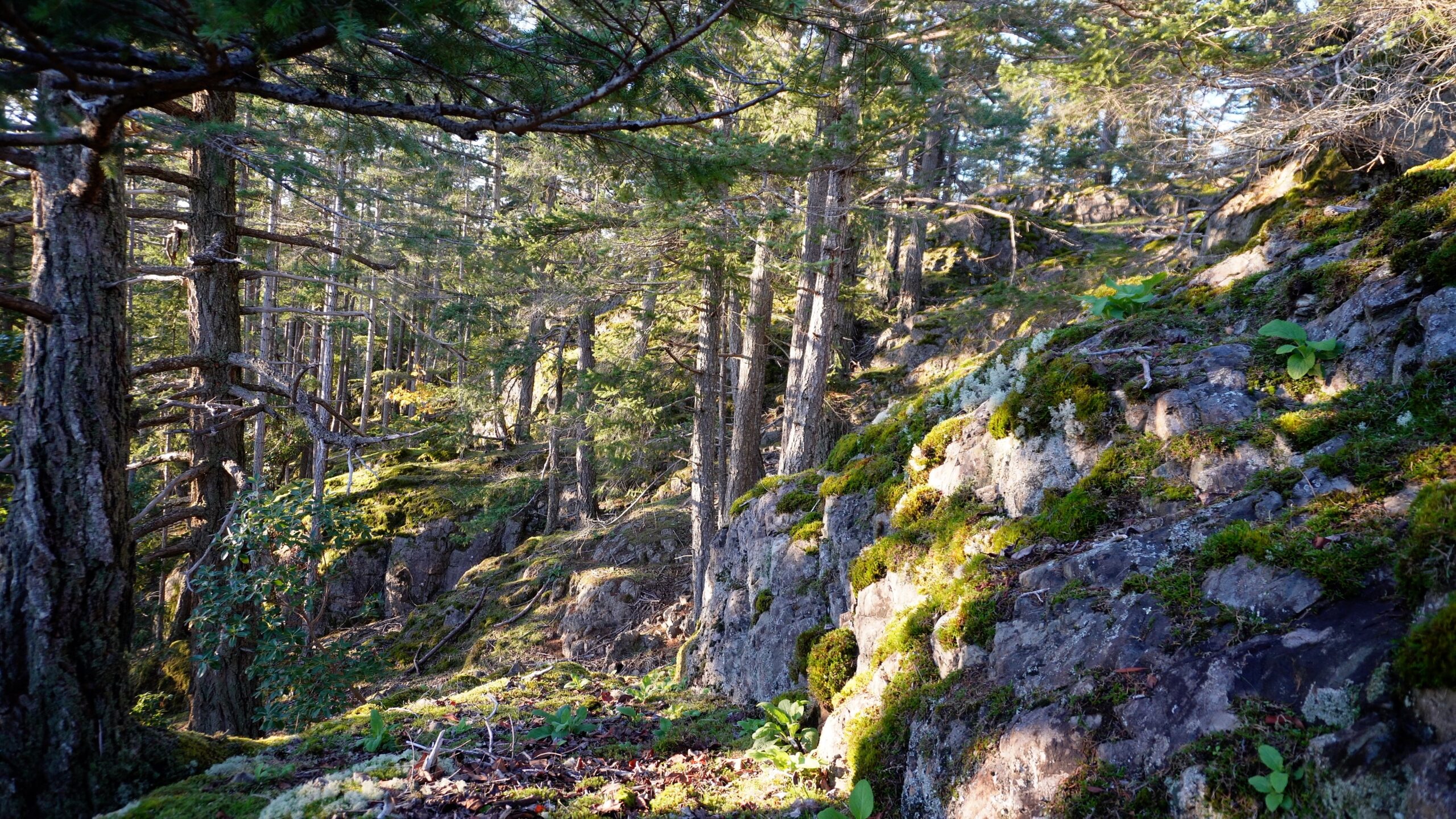
Acquired by the community in 2018, it is now owned by the Islands Trust Conservancy. The conservation of this 11.6 hectare (28-acre) property extends the protection of Squitty Bay Provincial Marine Park from the seashore to the ridgetop, offers a public hiking trail through a rare old growth Douglas-fir grove, protects additional habitat for species at risk, and sequesters carbon, mitigating climate change.
LINC and Nanaimo and Area Land Trust hold conservation covenants on the property.
Mt. Trematon Nature Reserve
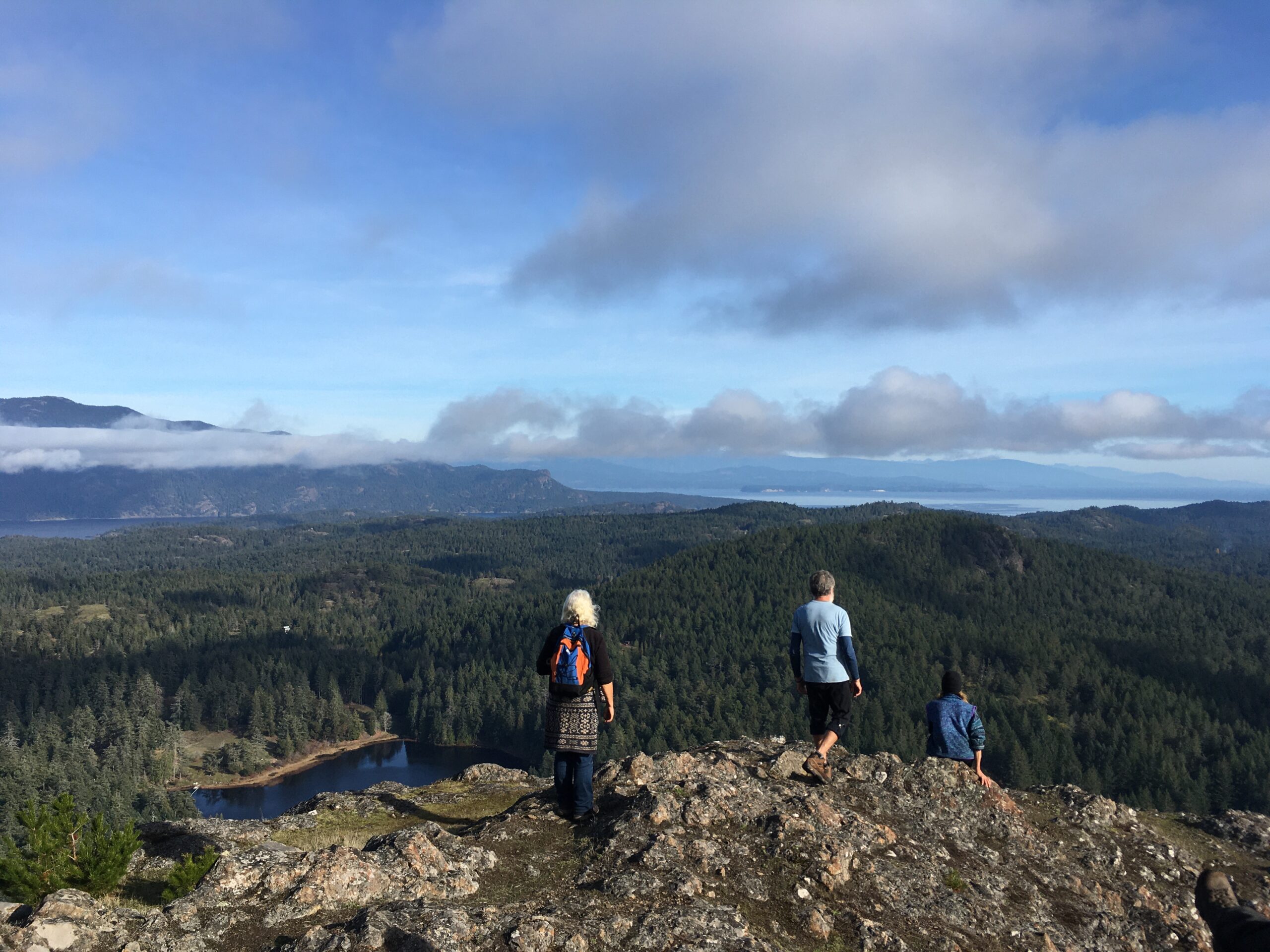
Owned by the Islands Trust Conservancy, the Mount Trematon property was donated by the Gordon family in 2006. This 58-hectare property is one of Lasqueti residents’ favourite places to hike, though please request permission to cross private land to access it. As of July 2013, LINC and the Nanaimo and Area Land Trust (NALT) registered a conservation covenant on the property. As of 2021, we began a restoration project on the Reserve, which includes fencing and planting of native species to restore degraded areas.
John Osland Nature Reserve
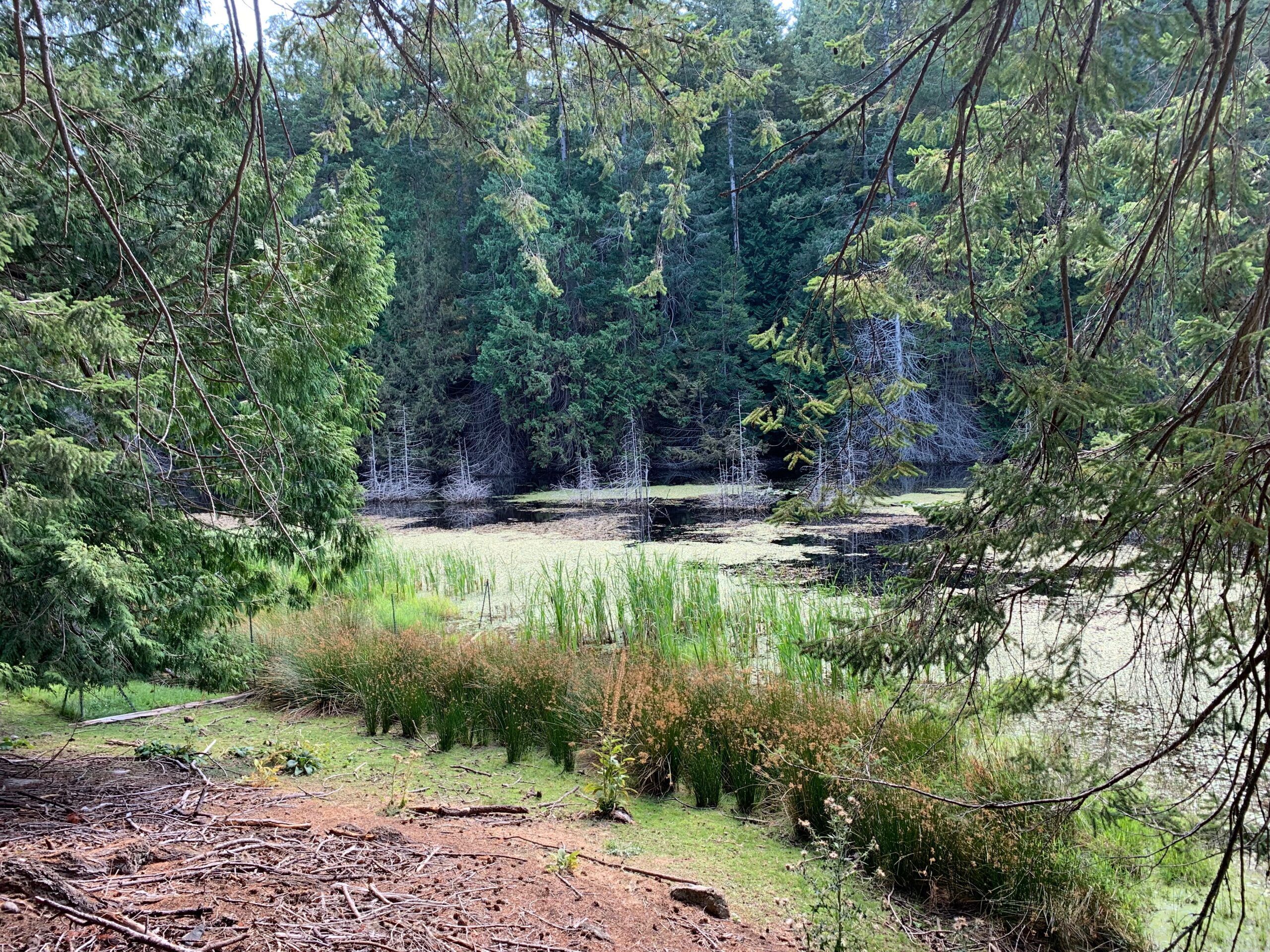
Owned by the Islands Trust Conservancy, this 63.5-hectare property was donated by John Osland in 2012, and includes a restored wetland, some unique old-growth forest, and a cliff and a spectacular viewpoint. As of the fall of 2014, LINC and the Nanaimo and Area Land Trust registered a conservation covenant on the site. LINC and the ITC have begun a restoration project on site, fencing off areas and planting wetland native plants. Access is via Lake/Centre road by the coloured mailboxes.
Kwel Nature Reserve
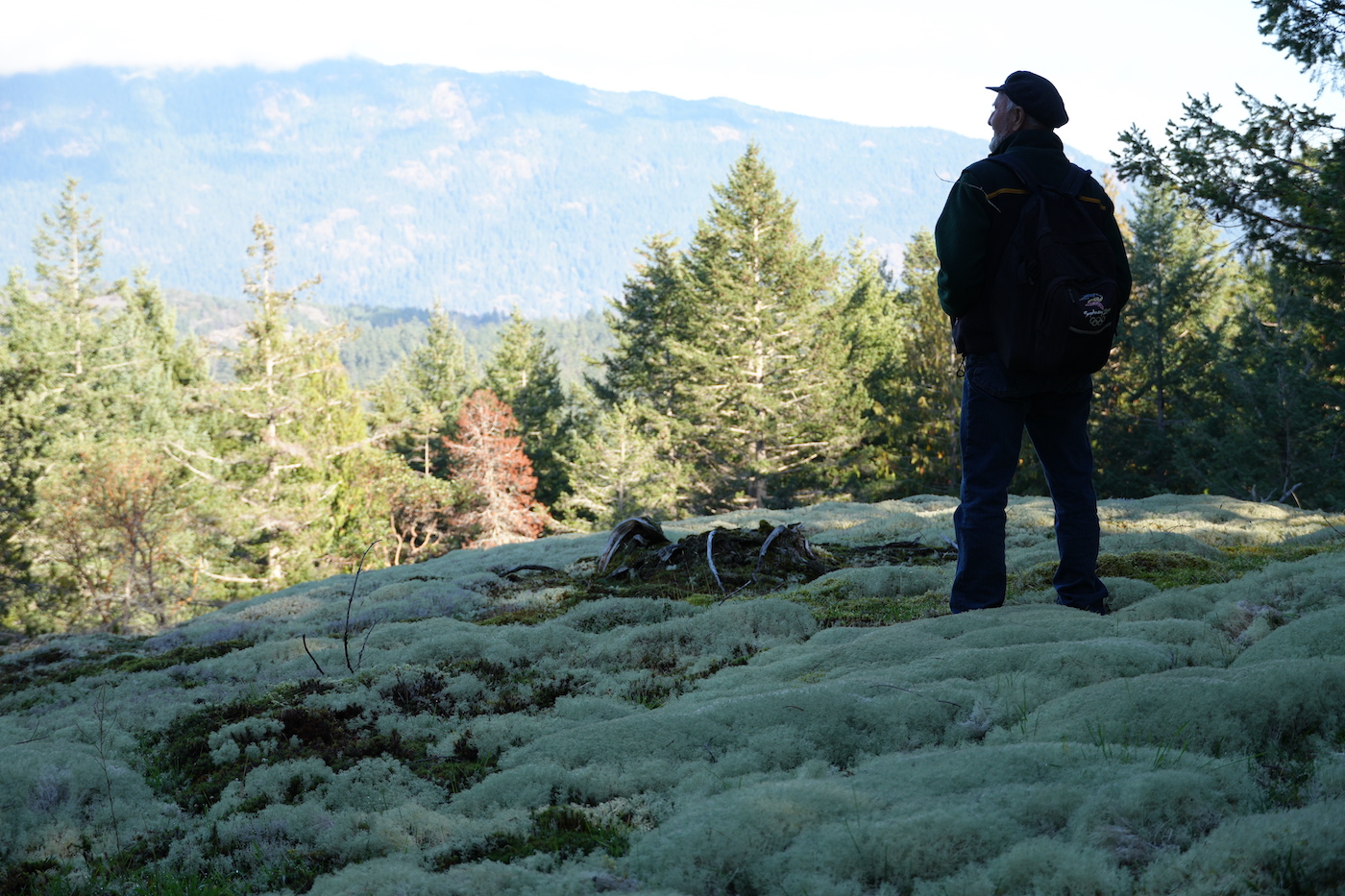
Owned by the Islands Trust Conservancy, Amelia Humphries donated her forested property in 1997. There is a conservation covenant held by the Nanaimo and Area Land Trust & The Land Conservancy of BC. This site was home to Lasqueti’s first school built in 1913. Much of it was logged, but it still contains a few veteran old-growth trees, and second and third growth forest.
This 21 hectare property is varied topographically and ranges from slightly above sea level to high escarpments to the north. The property comprises a Coastal Douglas Fir forest and represents a number of forest types including Pine-Arbutus, Salal-Oregon Grape, and Swordfern ecosystems with the varied communities of the understory which reflect and support the emerging forest. Ecosystem mapping has been completed on the property. In addition the site contains wildlife habitat (osprey and eagle have been sighted on the property), rock outcrops, sandy areas, escarpments, and scenic vistas. At the top portion of the property significant views exist over the Georgia Strait and the mainland. This property is owned by the Islands Trust Fund with the conservation covenant being held by the Nanaimo Area Land Trust and The Land Conservancy.
Squitty Bay Provincial Park
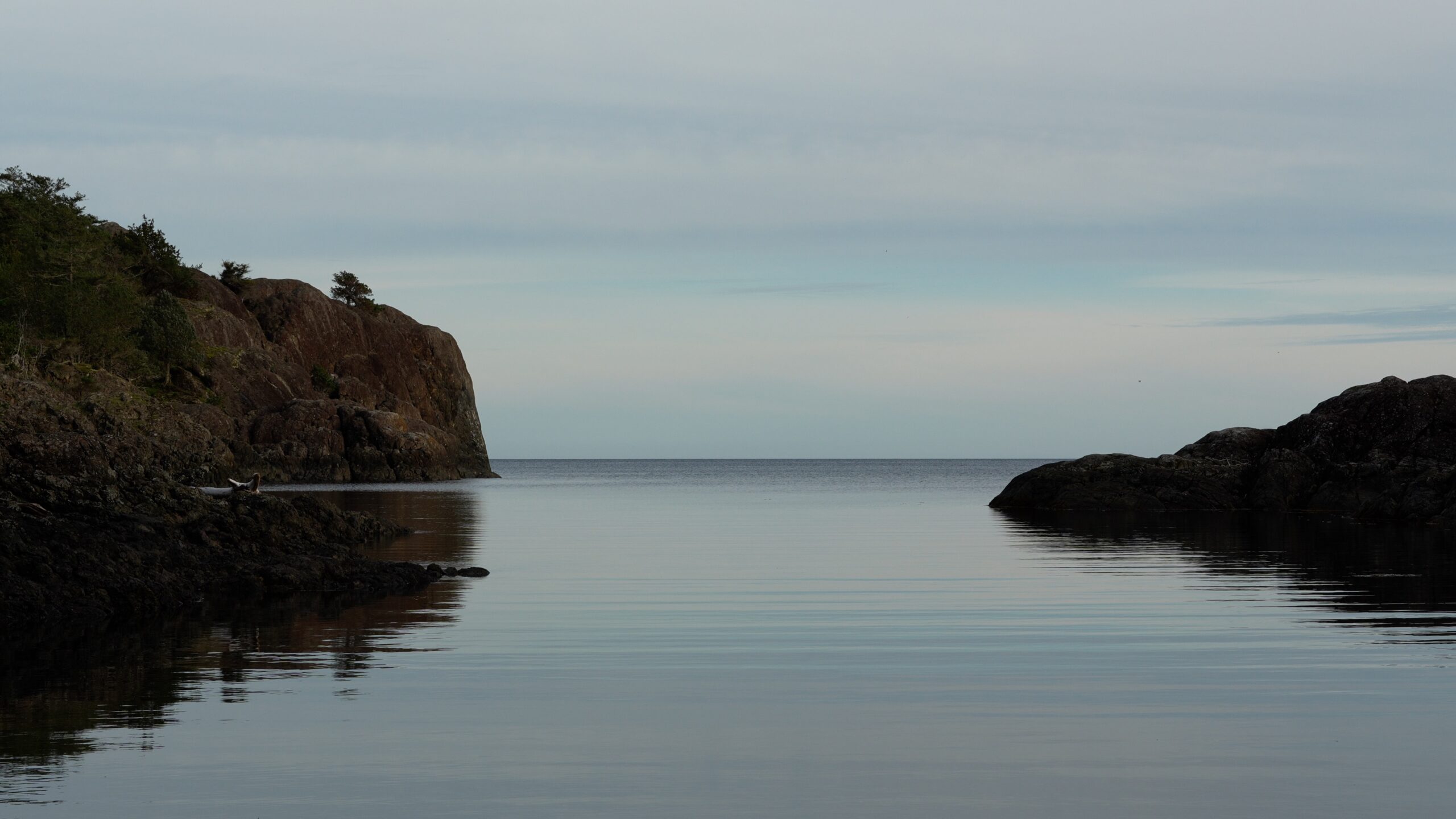
In 1987, the Nature Trust acquired through Dr. Peter Pearse a 5-hectare peninsula partially encompassing Squitty Bay. One year later, the Province purchased the adjoining 7-hectare property, and The Nature Trust offered to lease their property. In 1988 this 12-hectare property was designated a provincial marine park. In 2007 an opportunity to expand Squitty Bay Provincial park by 90 acres arose, and islanders again took up the challenge. Another large fundraising effort was initiated, resulting in the successful acquisition and transfer/lease of the property to BC Parks and The Nature Trust. At this point, a few individuals felt that the time had come to have a conservancy on Lasqueti, and LINC was founded.
Young Point
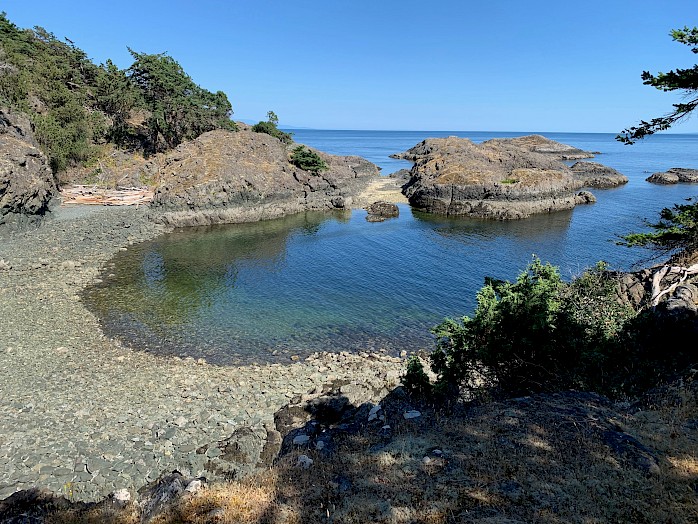
Young Point (also known as Tahini Cove) is a beautiful large intact waterfront property on Lasqueti Island, in the Salish Sea.
This property is an excellent and very diverse example of the Coastal Douglas-fir Biogeoclimatic Zone in the Strait of Georgia Ecosection– the most under-represented protected area landscape in British Columbia. The property has 10 separate sensitive ecosystems including 3 red listed vegetation communities S1 (critically imperilled) G2 (imperilled) and one blue listed community and anticipated 9 species at risk, including the blue listed California Hedge Parsley, all within 104 hectares (256 acres). The property has some 5 kilometres of shoreline and two, small off-shore islets.
Photo: BC Parks Foundation
Lasqueti Island Ecological Reserve
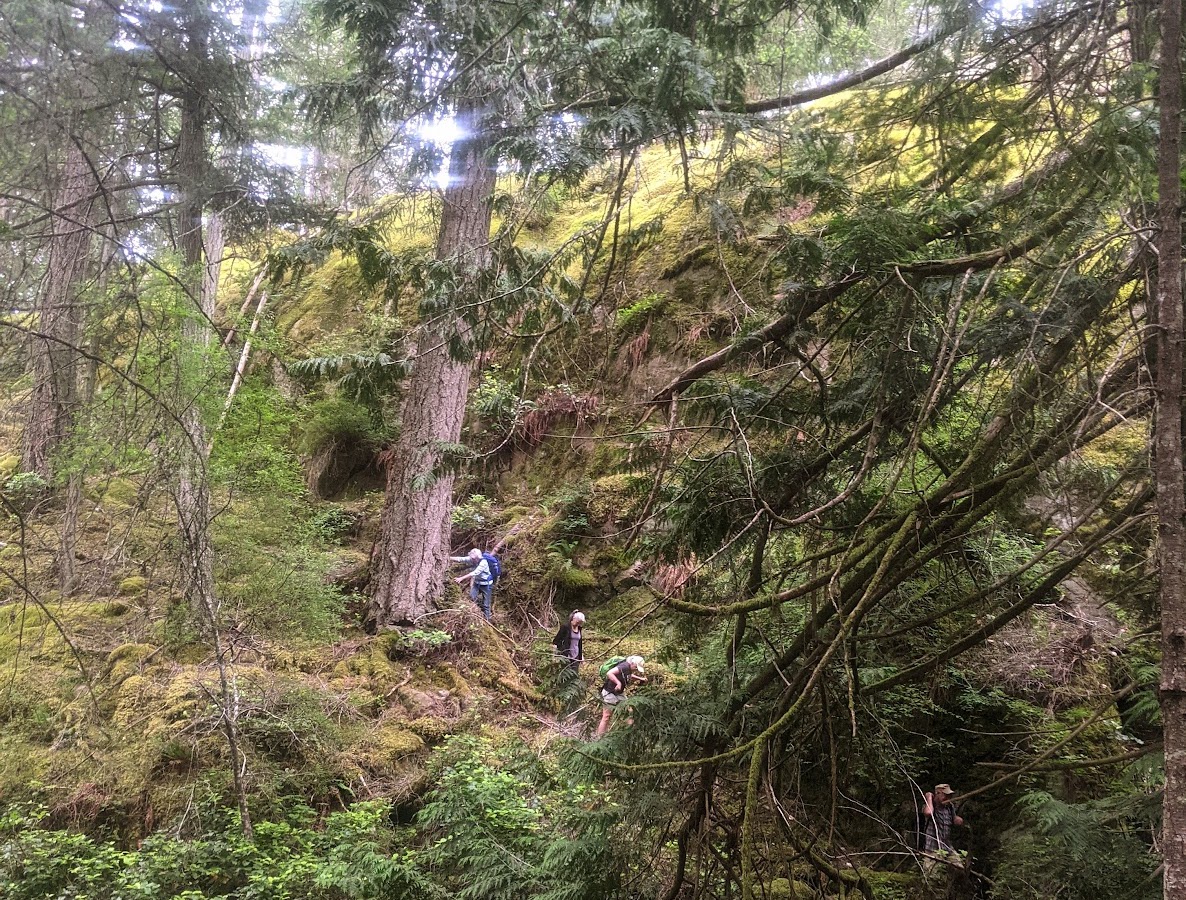
The reserve contains a rocky, irregular hill with slope exposure to the south and east, the steepest slopes, including cliffs to 30 m in height, being near the shoreline. About two kilometres of shoreline is included. Large areas of bare volcanic bedrock are exposed on hill tops, steep slopes, and along the shoreline.
Significant soil formation is limited to a few narrow draws and small valleys, and to less rugged terrain near the north boundary. A small peninsula and a cove are present along the eastern shoreline. As a result of southerly exposure, location at sea level and thin soils, the vegetation here is representative of the very driest habitats within the Coastal Douglas-fir forest. Most of the reserve is covered with open stands of Douglas-fir, arbutus and shore (lodgepole) pine, interspersed with mossy, grassy or bare rock openings. Western red cedar, western hemlock and red alder occur in a few moist draws, and wetland plants in three small swamps. seaside juniper, including specimens of record size, is common near the shoreline, in association with other dry-site plants like prickly-pear cactus, Puget Sound gum weed, and introduced species such as early hair grass and soft brome.
At least 15 plants considered rare in the province occur here.
Sabine Channel Marine Park
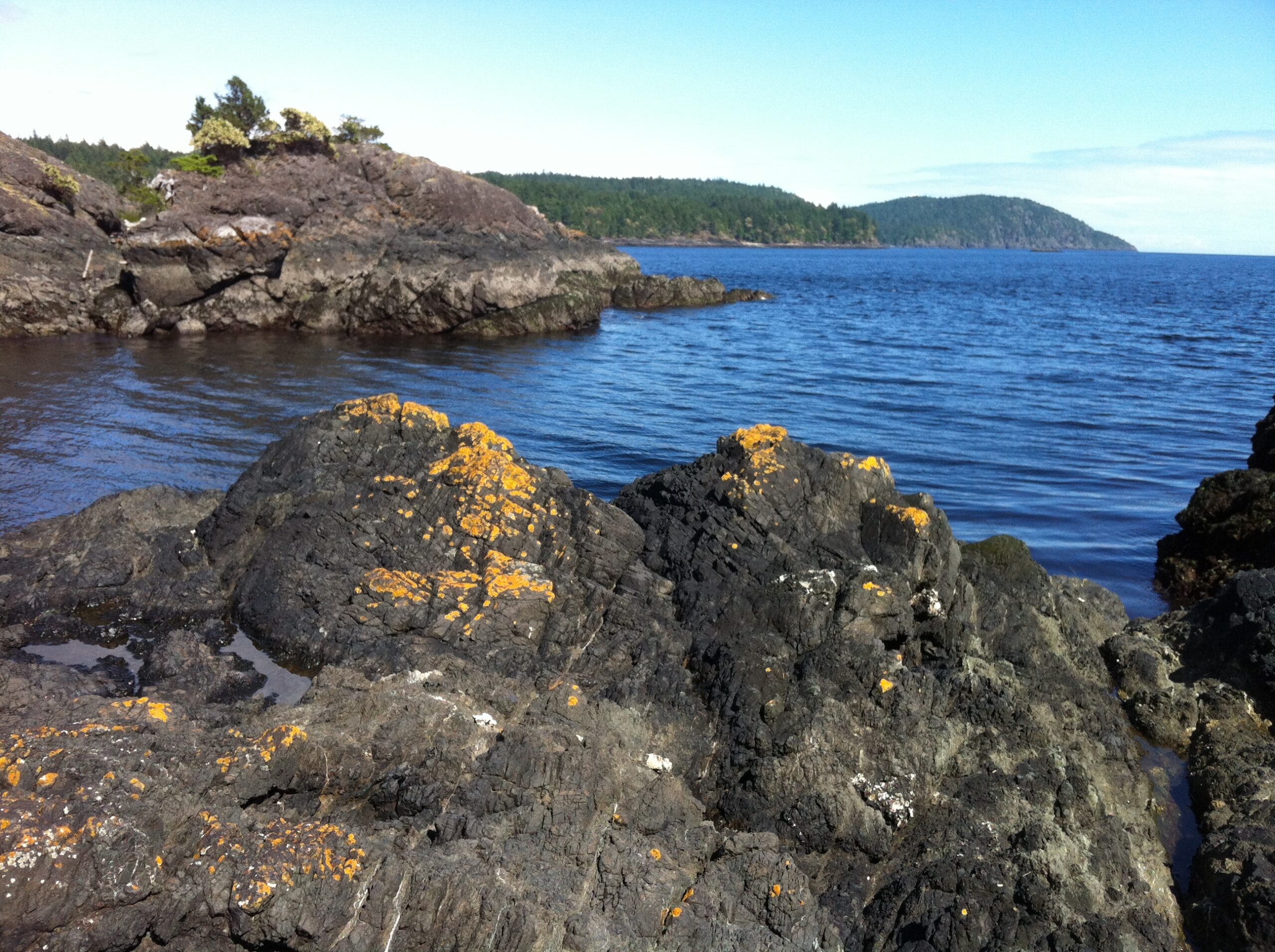
There are a number of Marine Parks nearby, including: the Finnerties, Fegans and Jedediah. This 95-hectare protected area “encompasses two complete islands – Jervis and Bunny – located in the Sabine Channel between Texada and Lasqueti Islands. These islands are part of a chain of more than 30 islands and rocky islets, with Jedediah Island being the largest. Jervis and Bunny Islands are comprised of forest ecosystems intermingled with rocky cliffs and outcrops encircled by a rich marine environment.
Photo: Gordon Scott
Jedediah Marine Park
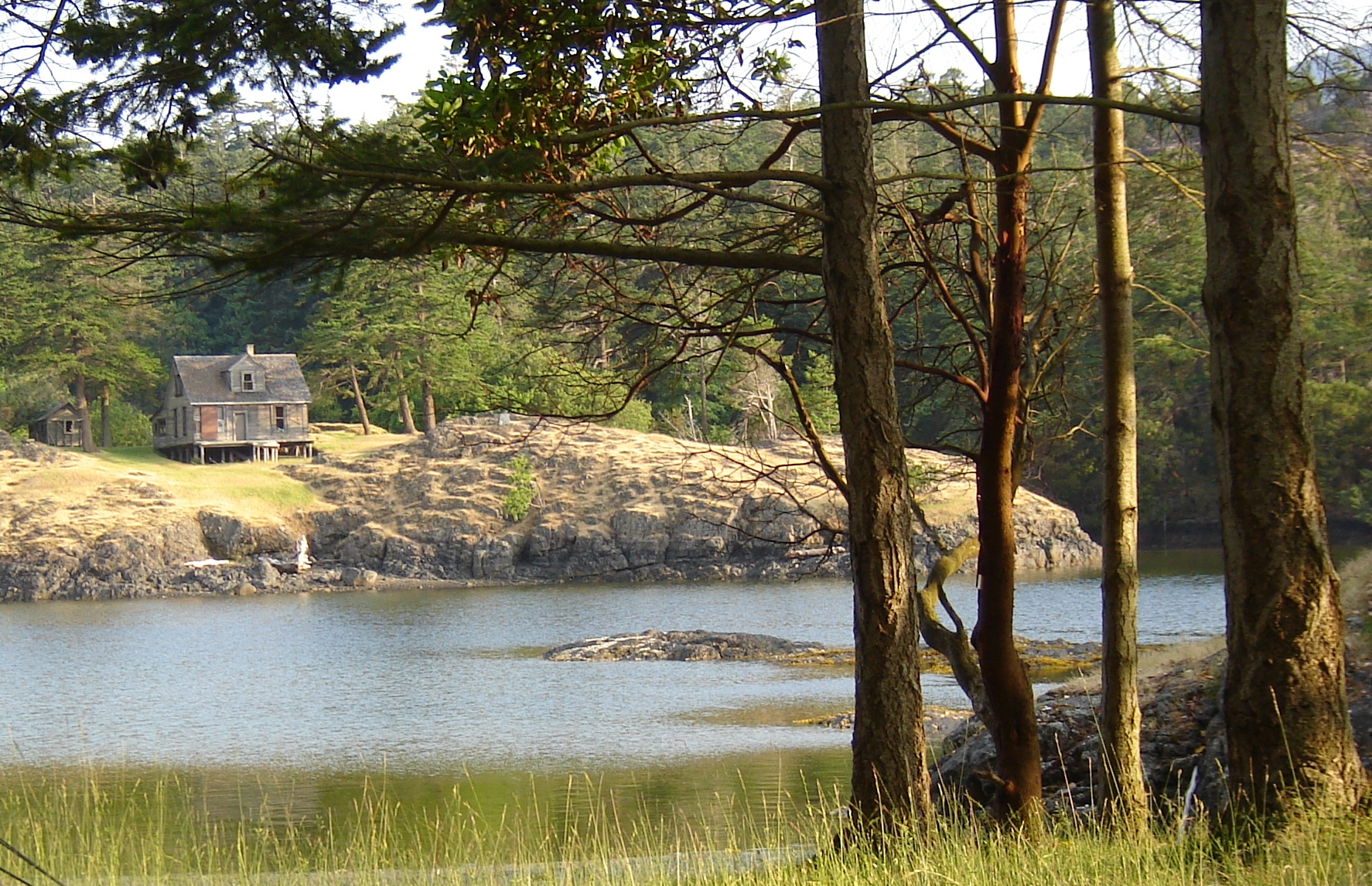
Jedediah Island is the largest and most diverse of a chain of more than 30 islands and rocky islets located north and west of Lasqueti Island. The interior of Jedediah is comprised of forest ecosystems where you will see a variety of mature tree species, including Douglas fir and arbutus, intermingled with rocky outcrops. In several areas evidence of previous human settlements are evident. A rich marine environment encircles Jedediah Island, which offers secluded bays and coves for safer harbour.
This recreational and ecologically significant 603-hectare marine park was protected in 1995 through both international and local fundraising, with a partial donation by the previous landowners. The story of how it was protected is included in our Summer 2020 Newsletter.
Photo by Seeekeer, via Creative Commons license CC BY-SA 4.0
Marine Island

Marine Island is just offshore from Xwe’etay/Lasqueti Island, near Sabine Channel Marine Park.
“There’s so many things about this island that make it distinct,” says Dr. Ken Lertzman, Professor Emeritus, School of Resource Management, Simon Fraser University. “Normally in this area, you have either old growth or a younger forest that has come back after logging. But the forest on Marine Island is intermediate between those two. There is little evidence to suggest it’s been logged, but it hasn’t yet developed true old growth character. It has beautiful mature Douglas-fir and Western Redcedar that is well on its way to becoming old growth.”
The shoreline geology is also unique, with beautiful complex rock formations. The south and western sides of the island are surrounded by extensive mud flats and sensitive eelgrass beds – home to diverse intertidal species.
“Initial archaeological observations have found evidence of a midden with a house platform,” says Dr. Lertzman. “Analyses are being conducted to determine its age.”
“This island is so unique,” says Gordon Scott, director of LINC. “It’s important people know it’s rare and protected.”
Despite the fact the property has had several private owners over the last half century, including the American singer Boz Scaggs, who owned the property in the 1970’s, it remains a safe haven for potential species at risk, including two bat species, the Marbled Murrelet and the Sharp-tailed snake.
The BC Parks Foundation is currently developing a long-term management plan for the island and will be talking to LINC, First Nations, neighbours, and others. The island is private and closed to public visitation until a formal plan is in place.
You may see LINC members conducting surveys and other stewardship activities there. If you would like to join us, send us an email.
To learn more about The BC Parks Foundation and the latest Marine Island acquisition, visit their website here.
Photo: Gordon Scott
